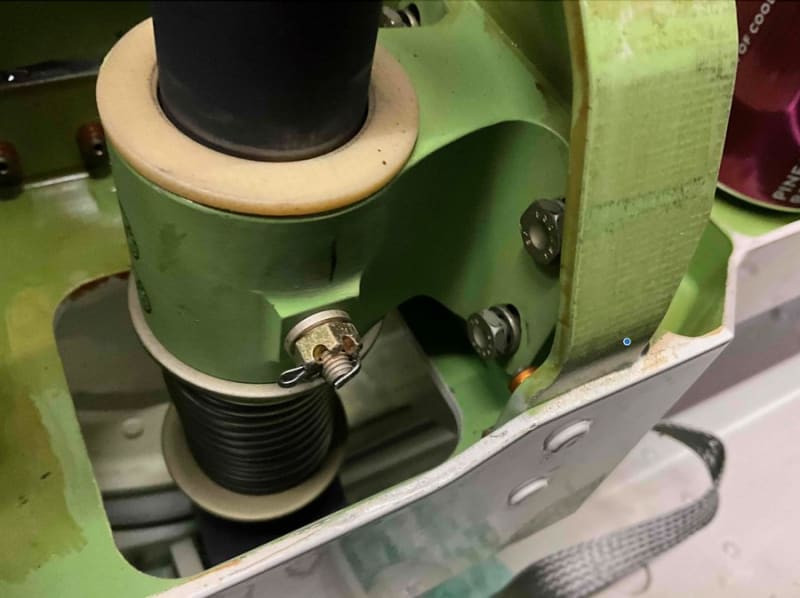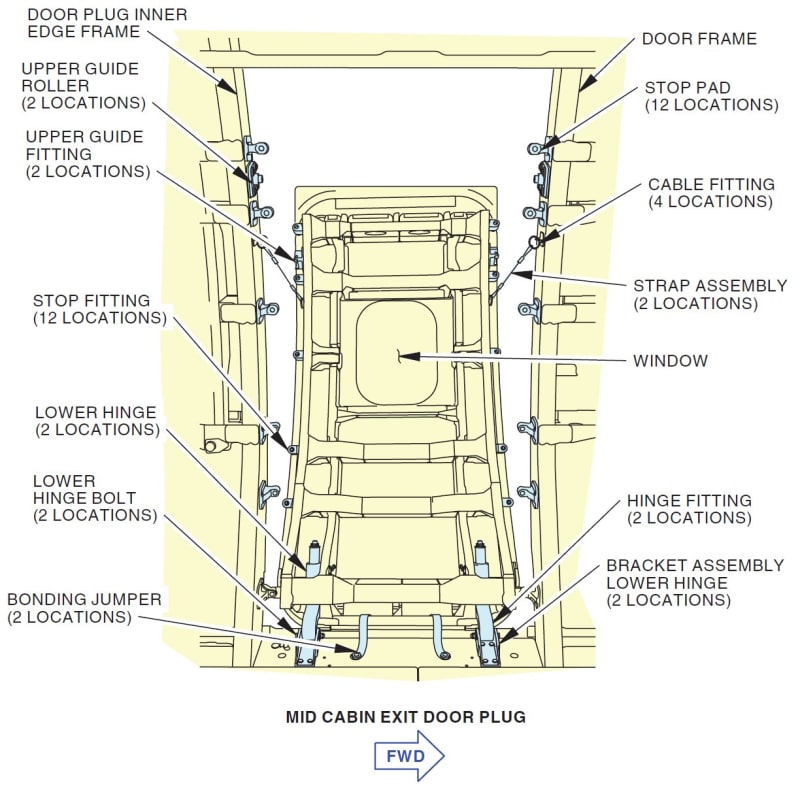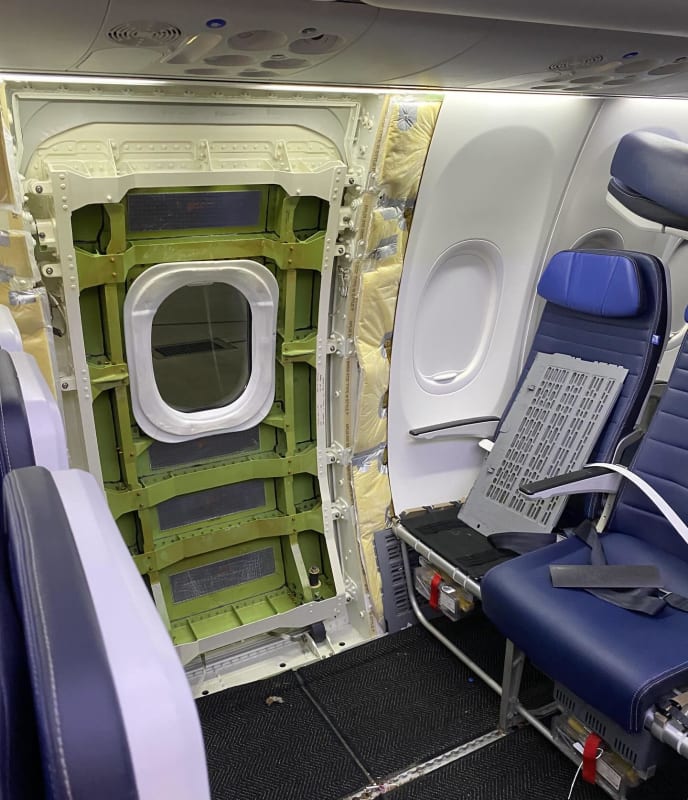Good to know the door survived.
I have a hard time putting that in the plus column.
What is the "backup" for that? Could be pretty useful for pipelines and pressure vessels. Our operators currently have to hit the "Acknowledge" Button.
--Einstein gave the same test to students every year. When asked why he would do something like that, "Because the answers had changed."
I have a hard time putting that in the plus column.
The fail light came on December 7 and on January 3 and 4 –- the days leading up to the blowout, she said. Each time, the flight crew flipped a switch to the system’s backup, Homendy said, describing the move as “very normal.”
“They flipped it, they reported it, it was tested by maintenance and then reset.”
What is the "backup" for that? Could be pretty useful for pipelines and pressure vessels. Our operators currently have to hit the "Acknowledge" Button.
--Einstein gave the same test to students every year. When asked why he would do something like that, "Because the answers had changed."




